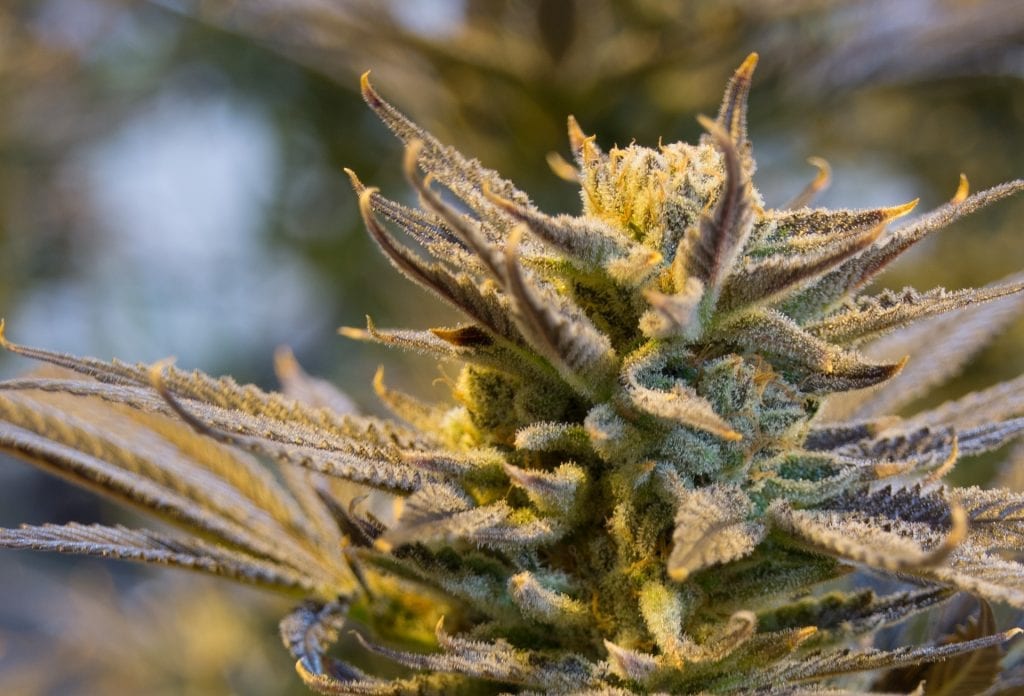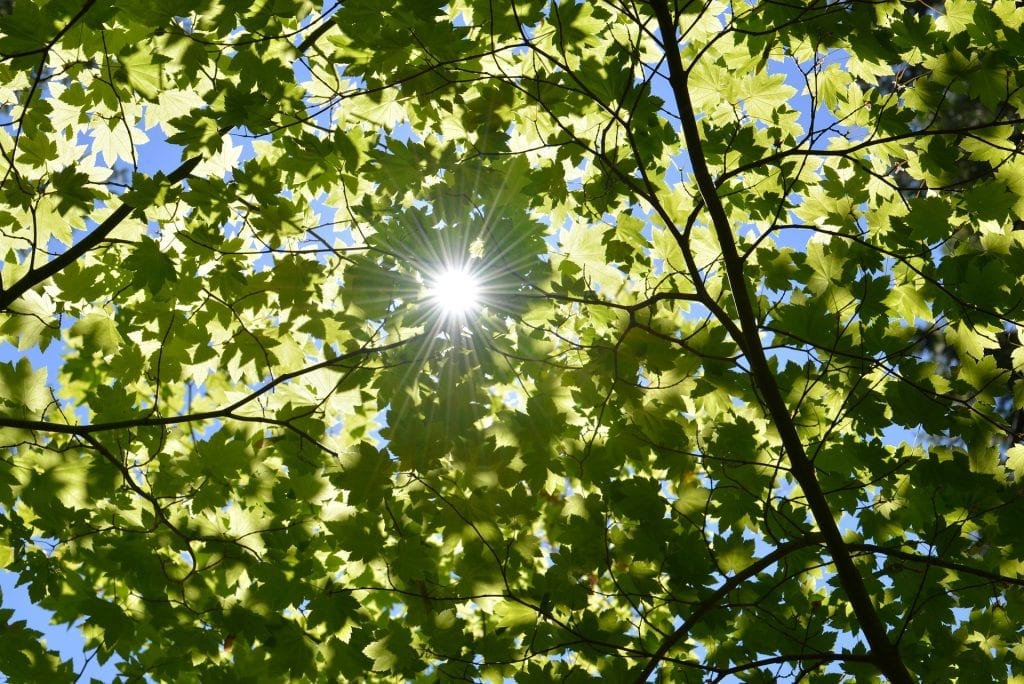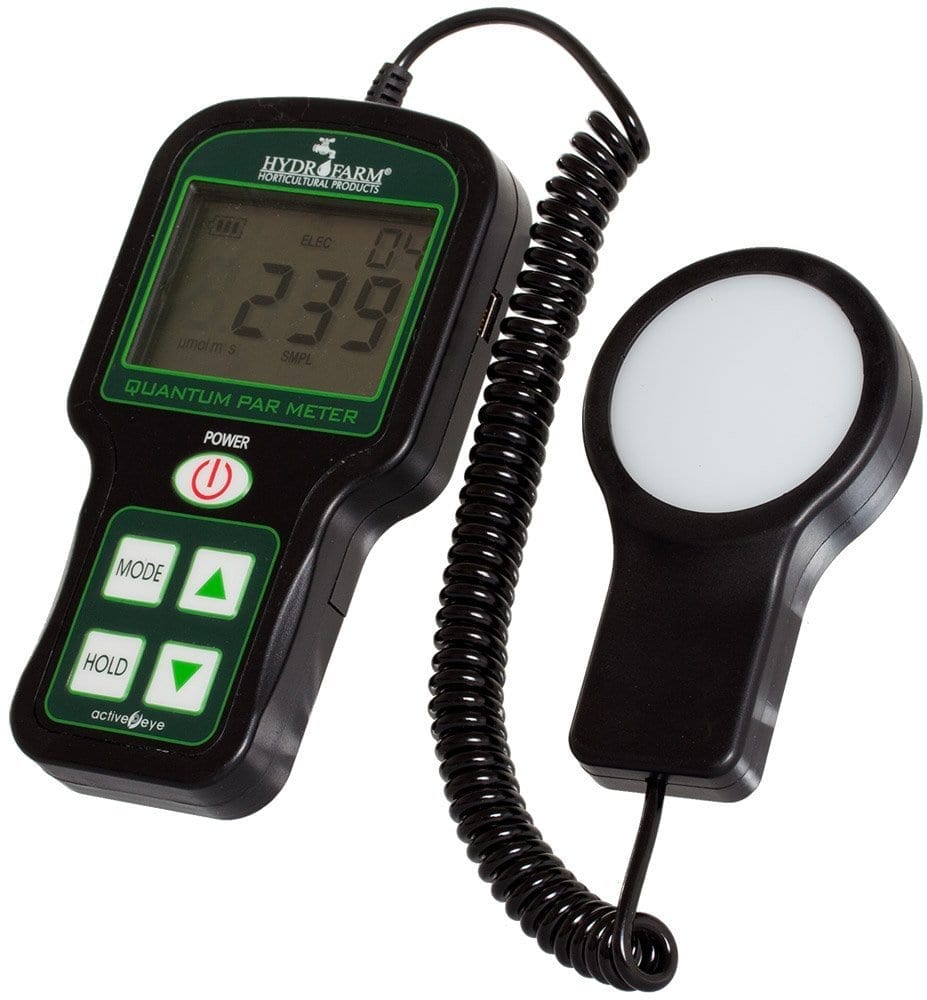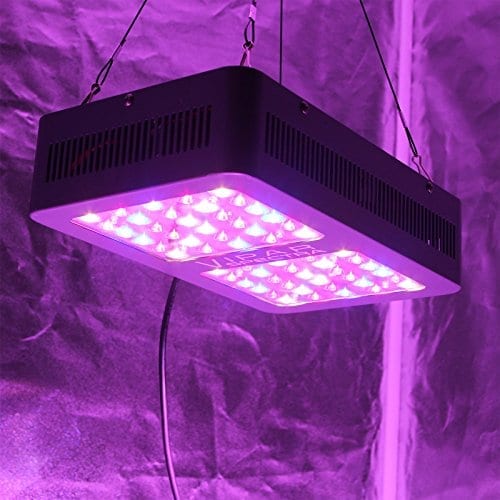Lighting is an essential factor to consider if you are growing cannabis at home. While searching for LED lights, you might be confused with the acronyms that pop up on the screen.

PAR, PPF, PPFD, and DLI are critical elements to choose the right grow lights for weed plants. If you want to learn about these horticulture lighting terms and measurements, you are in the right place.
Read further to find about these important light terms to grow healthy plants.
What is PAR Value?
Photosynthetic Active Radiation (PAR) is not an important metric like feet, kg, or pounds, but it is the range of light wavelengths that allows photosynthesis in plants. The range is from 400 to 700 nanometers.
You might be thinking about how light is related to the health of a plant, so here is the answer: Plants convert light energy to chemical energy, which is the fuel for their growth and life.
What’s surprising is that plants use the same region of the light spectrum that is visible to the human eye. Some people might think that all light falling from any full-spectrum light source is PAR, whereas the reality is different.
What you need to understand is that PAR (Photosynthetic Active Radiation) is the part of electromagnetic radiation that is essential for the growth of plants.

Next, we are going to discuss the measurement factors for selecting the light/s.
What is PPF in Lighting?
PPF is short for photosynthetic photon flux. PPF measures the number of photons produced by a lighting source each second. If we talk in terms of PAR, then PPF tells us the amount of PAR coming out of a light per second.
Now that you know what is PPF in lighting let’s learn more about PPF.
How to Measure PPF?
It’s important to know about the measuring technique of PPF grow light to develop a complete understanding of the light levels.
You can measure PPF with an integrating sphere, which is a special instrument that measures the photons emitted by a light source from all angles. Moreover, we express PPF as micromoles per second.
What is PPFD?
The second measurement term is PPFD, which is an abbreviation for photosynthetic photon flux density. PPFD is the measurement of the amount of light that reaches a plant, here we are referring to cannabis plants.
In other words, PPFD measures how many photons contribute to photosynthesis in a plant each second. PPFD is an essential factor as it helps in adjusting the grow lights at a proper height.
Measuring PPFD
You can measure by using a quantum sensor on specific points on the surface of plants. You need to take the measurements all across the grow space of your plant, then the average value is considered as final PPFD. Moreover, PPFD is expressed as micromoles per square meter per second.
What Does DLI Mean?
Another measurement is daily light integral (DLI), which measures the light that arrives at the plant each day. In easier words, it’s the daily dose of light for a plant. DLI is an essential metric that impacts the growth of the plant.
Once you figure out the required DLI for your plant, you can manage the lighting system according to the requirements.
How to Measure DLI?
We express DLI in photons per square meter per day.
You need to apply maths to measure the DLI. However, the rule is simple. Multiply the PPFD value with the photoperiod and divide it by 1, 000,000.

The formula is as follows:
DLI = PPFD x (3600 x photoperiod) / 1,000,000
1,000,000 μmol= 1 mole
Note that photoperiod is in hours.
For example, if the PPFD is 850 μmol/m2/s and photoperiod is 12 hour, then measurements would be: 850*(3600*12)/1,000,000.
DLI = 36.7 moles/day
Wrap Up
We hope this guide adds to your knowledge regarding PAR, DLI PPF, and PPFD. These play an important role in determining the right light source for growing cannabis indoors as you can control the light output.
Please note that any of these measurements, namely PPF, PPFD, and DLI, cannot decide the efficiency of any horticulture lighting device. Therefore, it is crucial to evaluate all the technical aspects before you buy grow lights.
Table of contents




